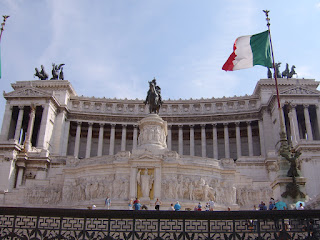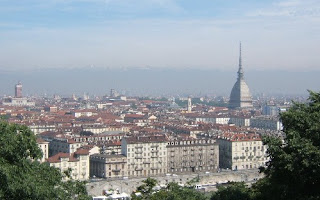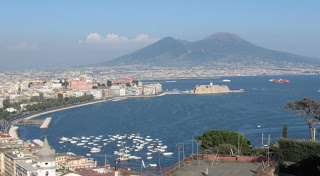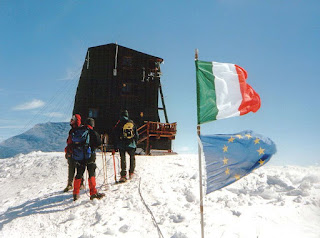The first King to rule over a united Italy
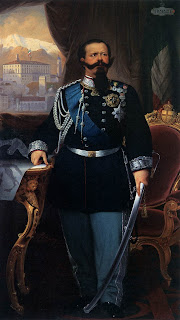 |
| Victor Emmanuel II was proclaimed king in 1861 |
He was proclaimed the first King of a united Italy in 1861 by the country’s new Parliament and in 1870 after the French withdrew from Rome he entered the city and set up the new Italian capital there. The Italian people called him Padre della Patria, Father of the Fatherland.
Born Prince Victor Emmanuel of Savoy, he was the eldest son of Charles Albert, Prince of Carignano, and Maria Theresa of Austria. His father succeeded a distant cousin as King of Sardinia- Piedmont in 1831.
In 1842 Victor Emmanuel married his cousin Adelaide of Austria and was styled as the Duke of Savoy before becoming King of Sardinia-Piedmont after his father abdicated the throne following a humiliating military defeat by the Austrians at the Battle of Novara.
In 1852 Victor Emmanuel appointed Camillo Benso, Count of Cavour as Prime Minister of Piedmont-Sardinia, who turned out to be a shrewd politician and masterminded his campaign to rule over a united Italy.
 |
| Giuseppe Garibaldi's Expedition of the Thousand had the support of Victor Emmanuel II |
Victor Emmanuel soon became the symbol of the Risorgimento, the Italian unification movement in the 19th century.
He supported Garibaldi’s Expedition of the Thousand in 1860 which resulted in the fall of the Kingdom of the Two Sicilies and gave him control over the southern part of the country.
After he was proclaimed King of Italy, Victor Emmanuel II chose the Palazzo del Quirinale in Rome as his main residence.
Victor Emmanuel died in Rome in 1878 and was succeeded as King of Italy by his son Umberto I. He was buried in a tomb in the Pantheon in Rome.
| The Palazzo Reale in Turin was built in the 16th century and modified by the Baroque architect Filippo Juvarra |
Travel tip:
Turin, Victor Emanuel II's birthplace, is the capital city of the region of Piedmont in the north of Italy. It has had a rich history linked with the Savoy Kings of Italy and there are many impressive Renaissance, baroque and rococo buildings in the centre of the city. Piazza Castello with the royal palace, royal library and Palazzo Madama, which used to house the Italian senate, is at the heart of royal Turin.
 |
| The Palazzo del Quirinale in Rome was hosen by Victor Emmanuel as his main residence |
The impressive Palazzo del Quirinale in Rome, at one end of Piazza del Quirinale, was the summer palace of the popes until 1870 when it became the palace of the Kings of the newly unified Italy. Since 1947 it has been the official residence of the President of the Republic of Italy.
More reading:
Giuseppe Mazzini - the Risorgimento's idealogical inspiration
Camillo Benso, Count of Cavour - the political architect of Italian unification
Garibaldi and the Expedition of the Thousand
Also on this day:
1835: The birth of astronomer Giovanni Schiaparelli, whose discoveries provoked speculation about life on Mars
1972: The accidental death of publisher Giangiacomo Feltrinelli
(Picture credits: Palazzo Reale by Geobia; Quirinale by MarkusMark; via Wikimedia Commons)
Home


